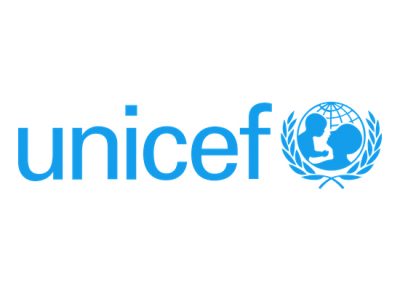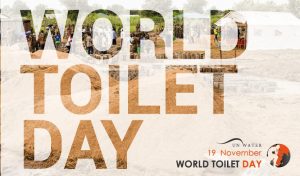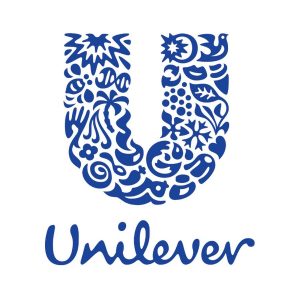Primary Functions
- Find guidance for WASH, Education, Health, and Gender specialists or focal points in country offices who are working with their partners to develop programs related to menstrual health and hygiene.
Detailed Description
This guidance was developed for UNICEF WASH, Education, Health, and Gender specialists or focal points in country offices who are working with their partners to develop programmes related to menstrual health and hygiene (MHH).
In recognition of the inherently broad programming considerations of MHH, this guidance is also aimed at UNICEF colleagues from the cross-cutting clusters of Communications for Development, Adolescent Development and Participation, and Disability. While it is written from the perspective of a UNICEF staff member, it may also be useful for colleagues from other agencies who are working to advance menstrual health and hygiene at a national and sub-national level.
This document is guided by the priorities laid out in UNICEF’s Strategy for WASH 2016- 2030, Strategic Plan 2018-2021, and Gender Action Plan 2018-2021, and is intended to advance the realisation of the targets contained therein. As such, it focuses on the process of designing and supporting programmes from the vantage point of UNICEF, rather than detailed technical notes and descriptions of menstrual health and hygiene programmes. These detailed technical resources already exist and reference is made to them in each relevant section.
The onset of menstruation coincides with new opportunities – and vulnerabilities – that arise during adolescence. Menstrual health and hygiene interventions can be an entry point for other gender-transformative programmes during this period, like sexual and reproductive health education and life skills development. By strengthening self-efficacy and negotiating ability, MHH programmes can help girls build the skills to overcome obstacles to their health, freedom and development, such as gender-based violence, child marriage and school dropout. Investments in adolescent girls’ well-being yield triple dividends: for those girls, for the women they will become, and for the next generation.





